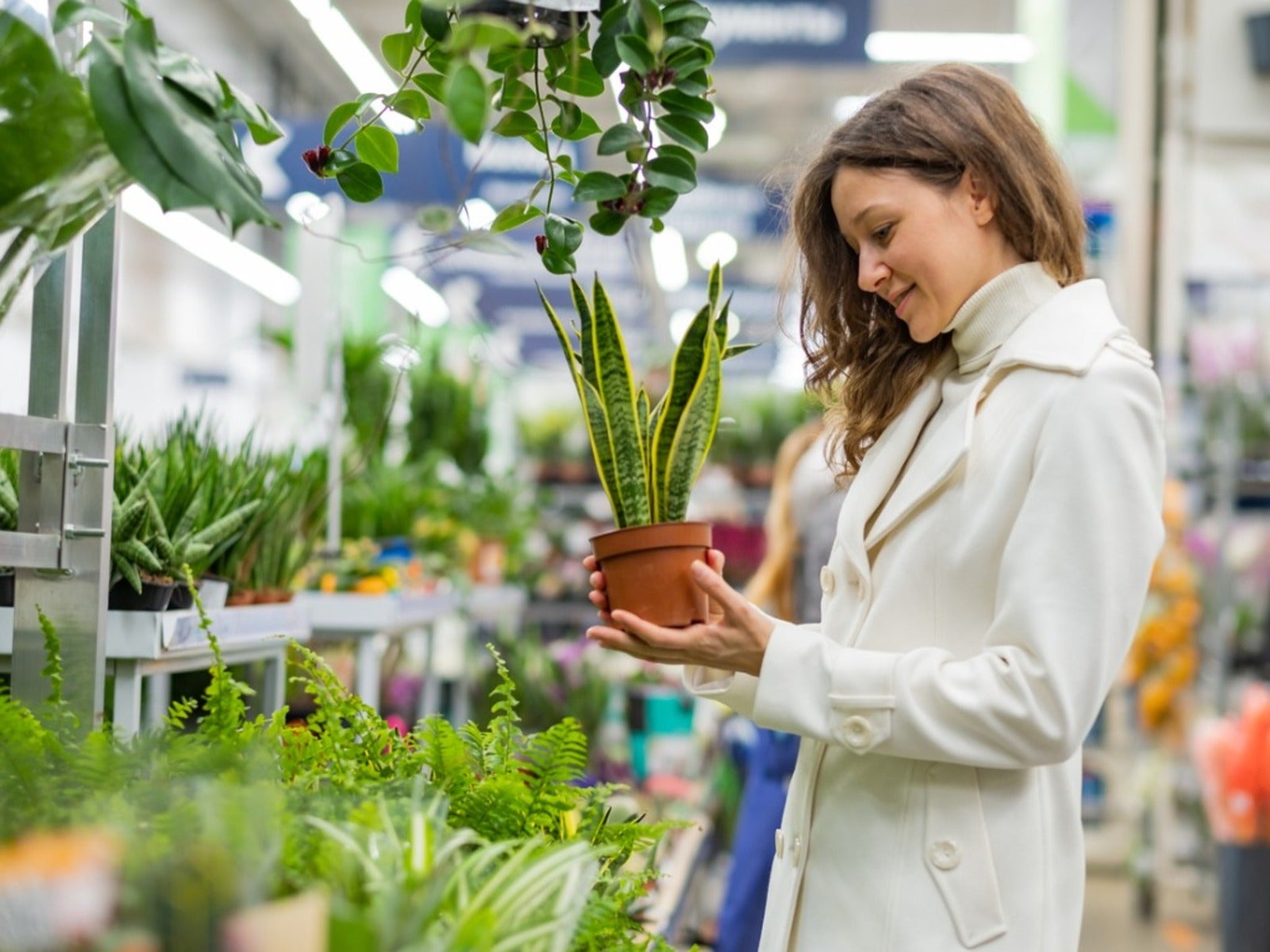Why You Shouldn’t Make Impulse Plant Purchases


It’s almost impossible - and perhaps undesirable - to avoid all impulse purchases. But it’s wise to limit it to the occasional sweet from the bakery or clothing item from a store that accepts returns. When it comes to buying plants, impulse buying is almost always a mistake. Read on for more information about sustainable shopping for plants for the home and garden.
Plants Are More than Decor
Most of us would agree that a healthy plant adds enchantment to a room or garden bed: color, focus, charm. But plants are more than decor. They are living beings with particular cultural needs. And when those needs are not met, they don’t stay healthy and beautiful very long.
That’s why it is important to think of plants from a gardener’s perspective, not as a plant collector.
What Is Impulse Buying?
“Retail therapy” is a real thing, and sometimes a quick shopping trip is what you need to help you make it through the night. But unplanned, spontaneous shopping trips don’t work out for the best in some cases. For example, almost everyone agrees that buying a live animal on the spur of the moment (“Oh! Look at that adorable kitten!”) can be a very bad idea both for the buyer and the new pet.
Similarly, impulsively snatching up a gorgeous houseplant or blooming shrub in the garden store can prove to be a mistake. Some would argue that plants, like pets, are sentient beings and deserve a home where they can have their cultural needs met. But you don’t have to go to that extreme to find good arguments for shopping sustainably for plants.
What to Consider
Seasoned gardeners know what kind of climate, soil, sun exposure, and site space they have to offer to an indoor or outdoor plant. They will select a plant based on these factors. It’s always important to consider the mature size of the plant, not the size of the container in the garden store. The seedling you bring home might fit just fine in the corner of the bed, but if it is going to soar up to 50 feet (15 m) tall in a few years, it’s going to need more room.
Gardeners will also consider the purpose they want the plant to serve in the backyard. Will it be a focal point? Part of a hedge? Ground cover? Every plant will be expected to serve a purpose, even if it is simply to be ornamental.
Sign up for the Gardening Know How newsletter today and receive a free copy of our e-book "How to Grow Delicious Tomatoes".
Impulse Buying Ignores Future Maintenance
We gardeners have limitations just like plants do. Part of sustainable shopping for plants is analyzing how much you are willing to do to care for the new houseplant or garden member.
Given the popularity of low-maintenance plants, it seems that many of us would rather not invest oodles of time in the future weeks and months to keep our new plant happy. And many of us also have an eye on the water bill, so selecting drought-tolerant natives makes sense. Impulse buying usually doesn’t take these factors into account.
For example, if you visit the garden store and snap up an old fashioned rose bush because of the gorgeous color of the bud, unhappiness may follow. These roses need lots of sun, ample water, special fertilizer, and regular pruning, which may be more maintenance than you had in mind.
Learn About Plants and Plant Care
There are a few indestructible houseplants: potted plants that require almost no care and tolerate neglect. These include plants like pothos, the snake plant, and the spider plant. These are probably the best choices to send off with your child to college or to select for someone just starting out as a plant-owner.
A big part of plant care is our willingness to learn about plant species and select the ones whose needs we can accommodate before making an impulsive plant decision. So go ahead and do a little bit of research first -- you can still reap the benefits of retail therapy, and the plants will thank you.

Teo Spengler is a master gardener and a docent at the San Francisco Botanical Garden, where she hosts public tours. She has studied horticulture and written about nature, trees, plants, and gardening for more than two decades, following a career as an attorney and legal writer. Her extended family includes some 30 houseplants and hundreds of outdoor plants, including 250 trees, which are her main passion. Spengler currently splits her life between San Francisco and the French Basque Country, though she was raised in Alaska, giving her experience of gardening in a range of climates.